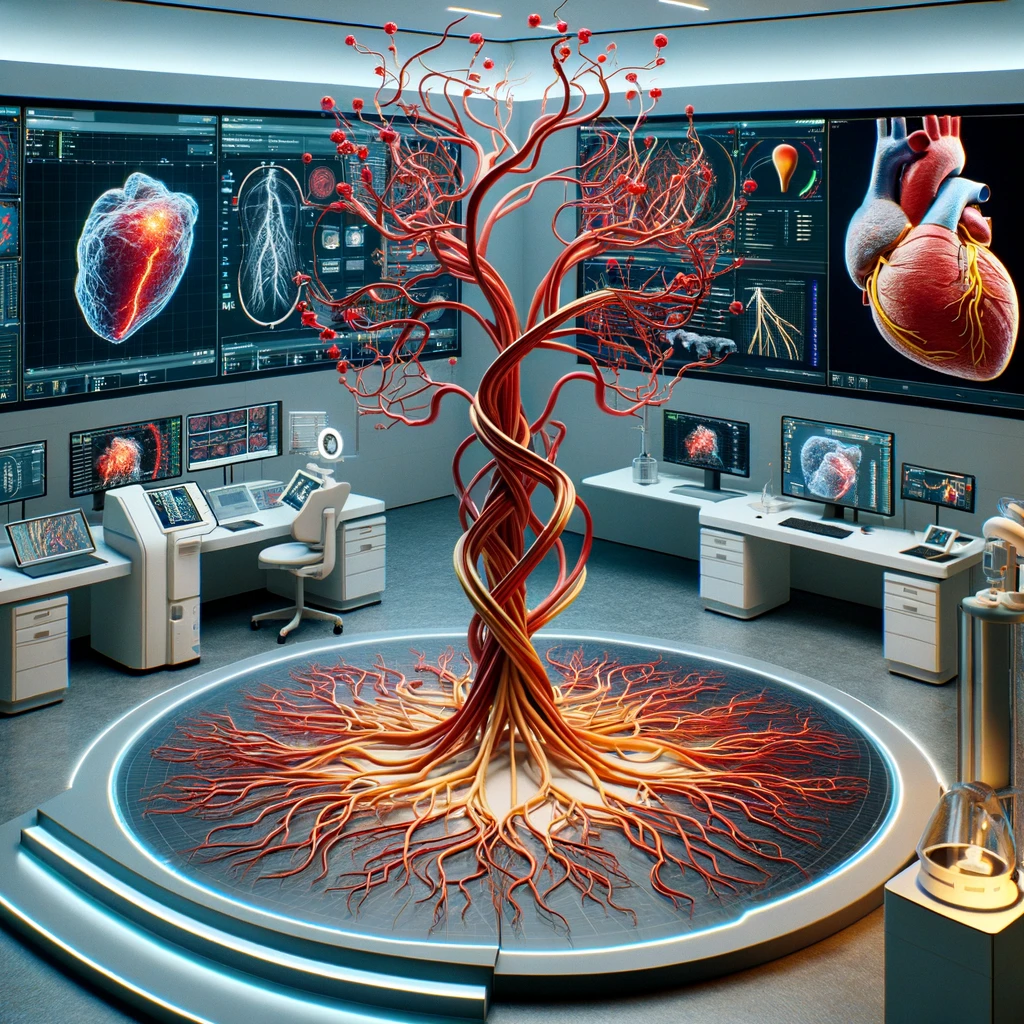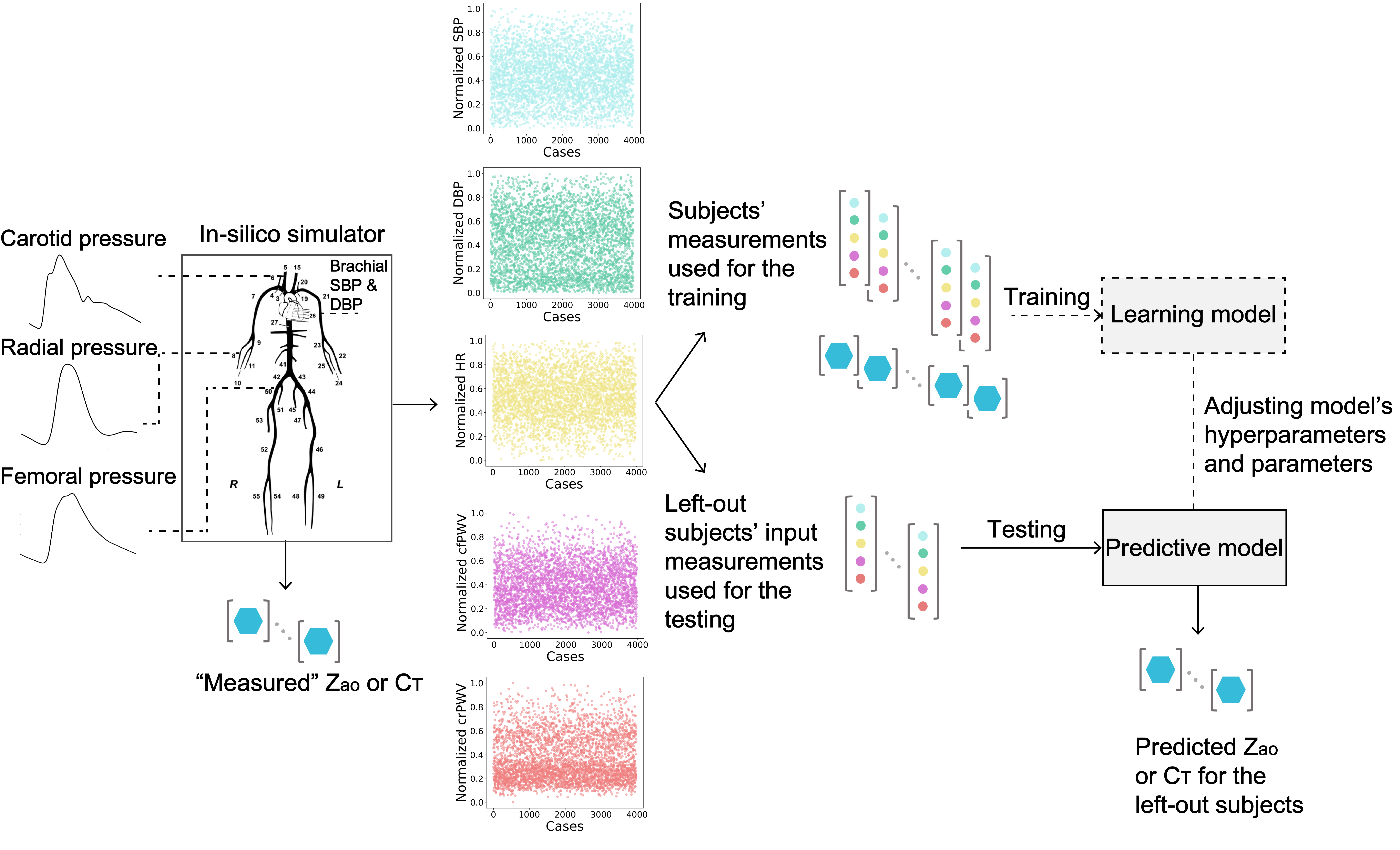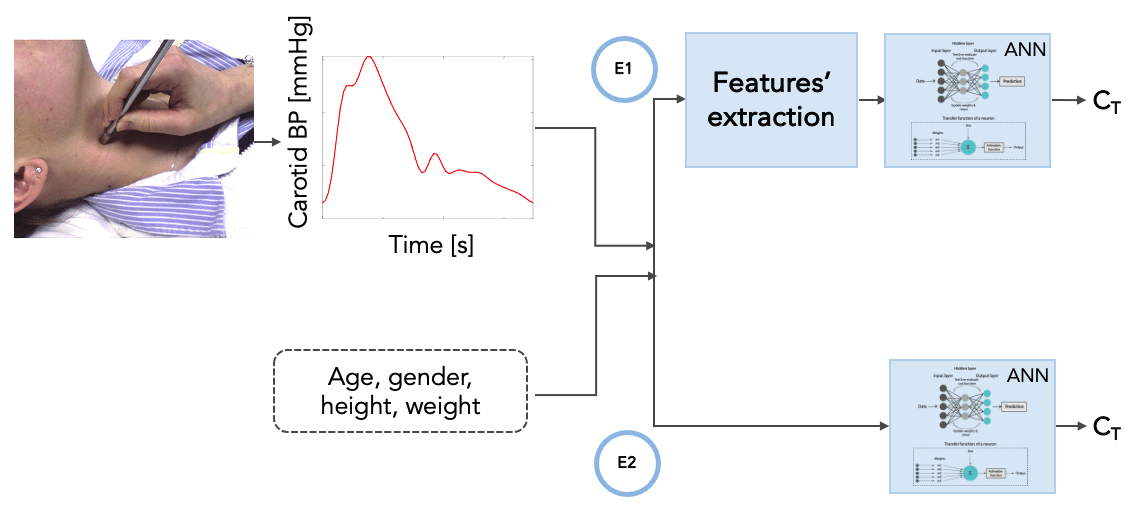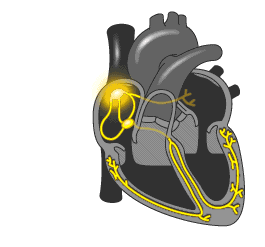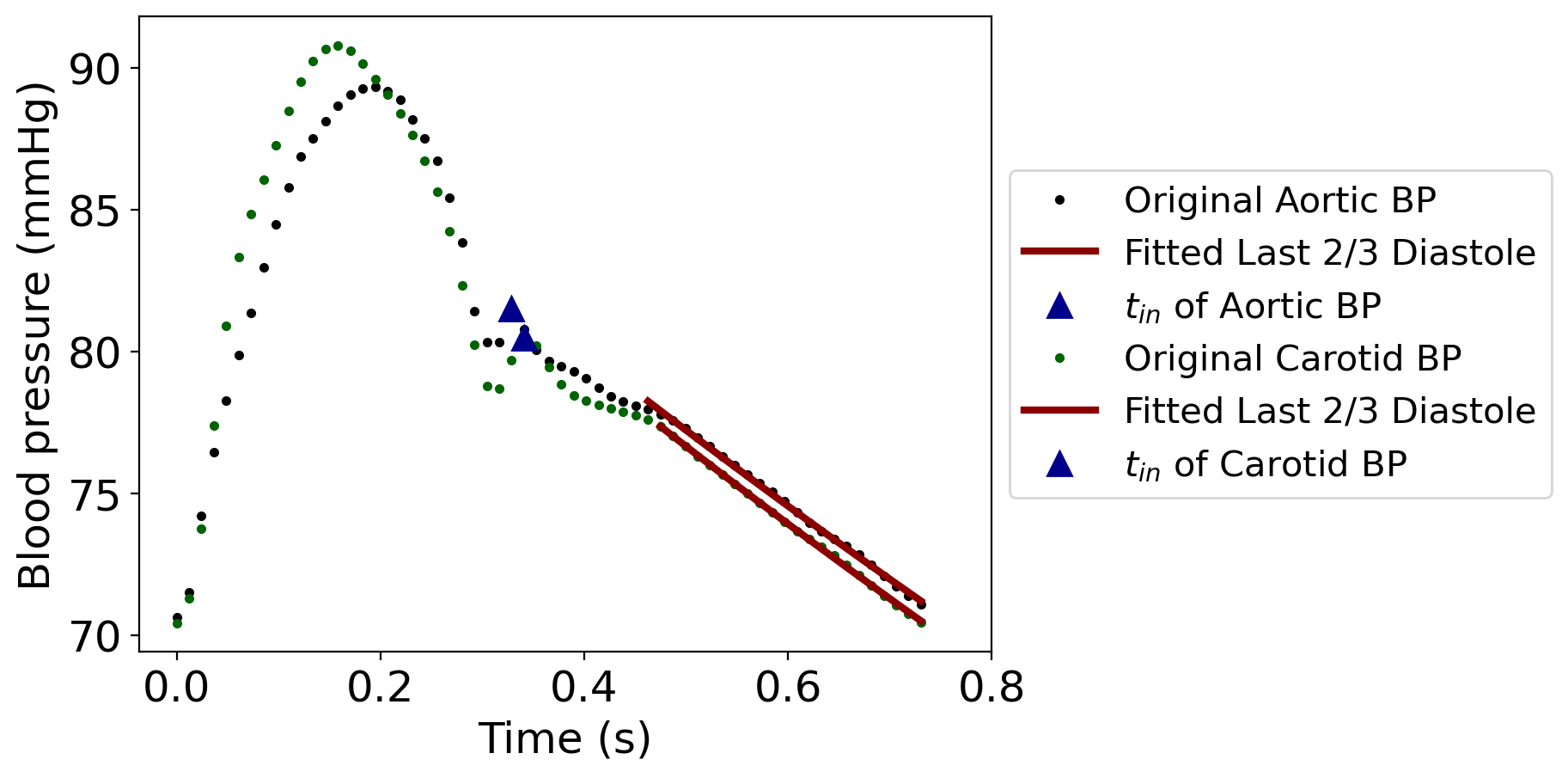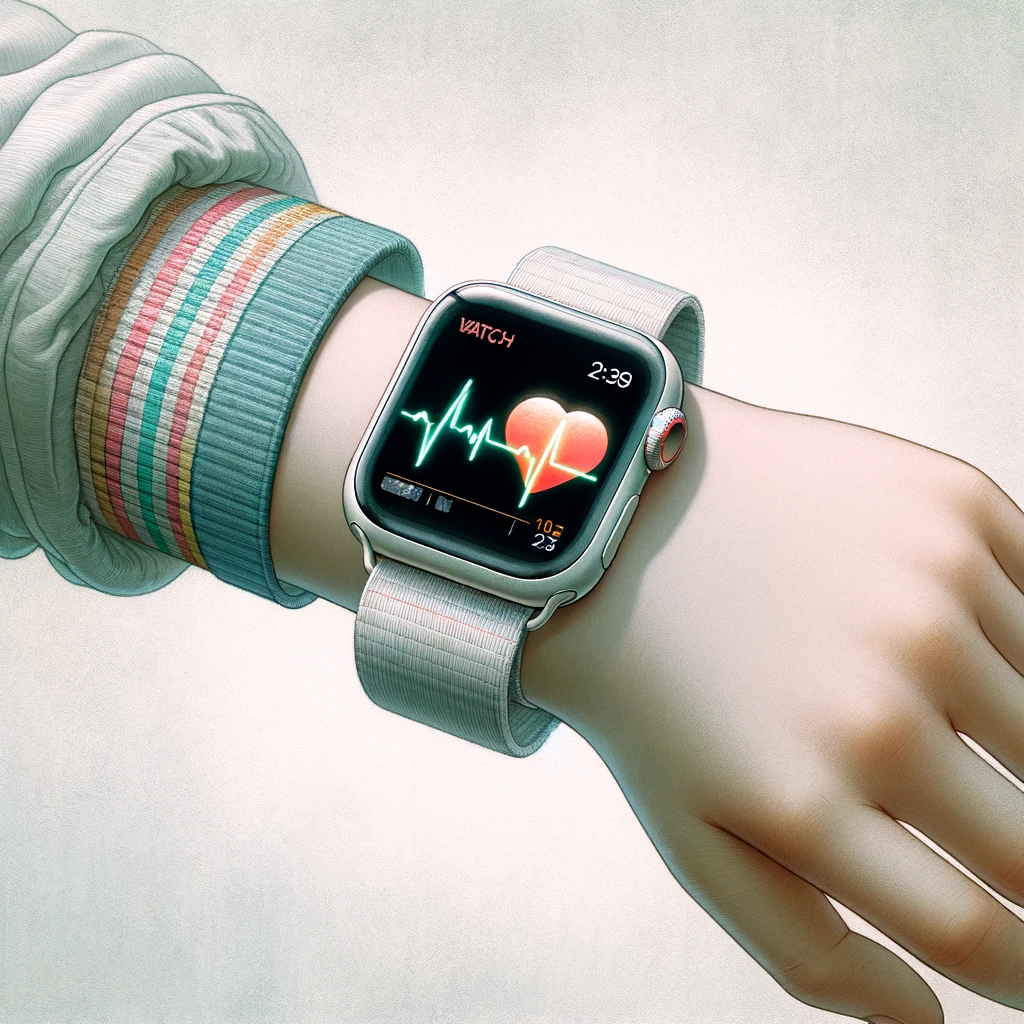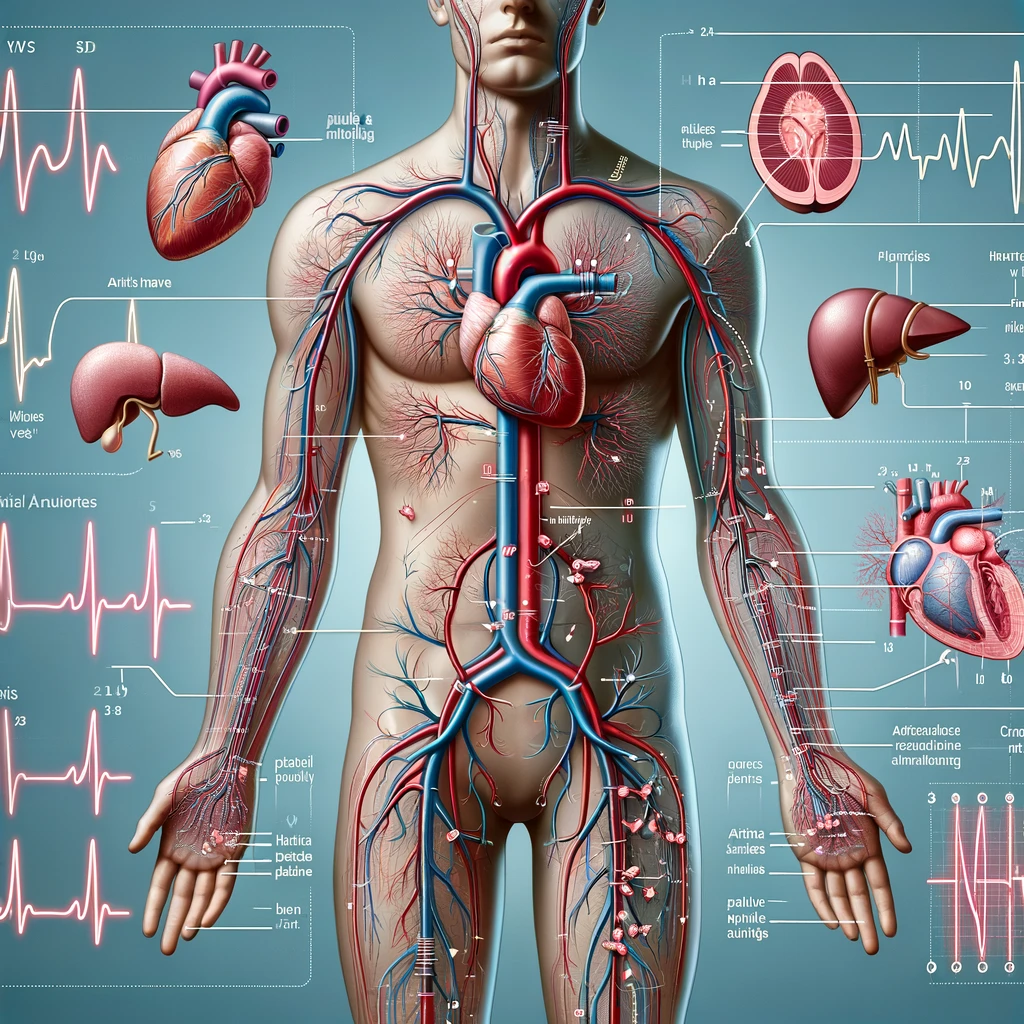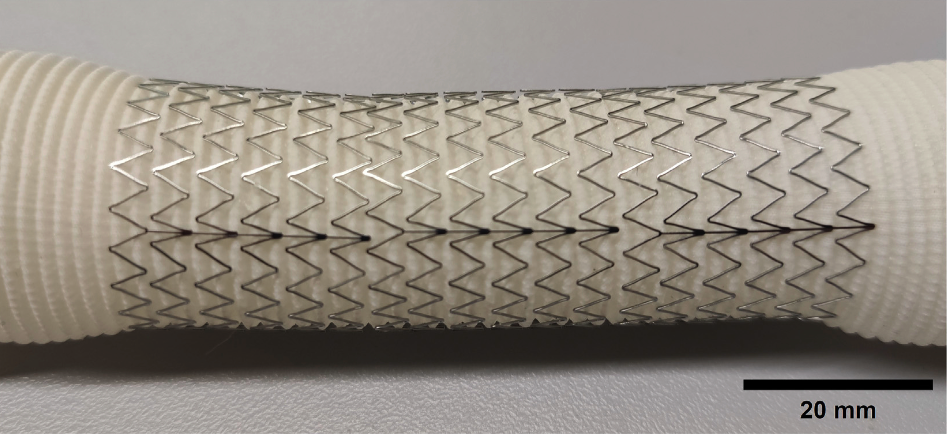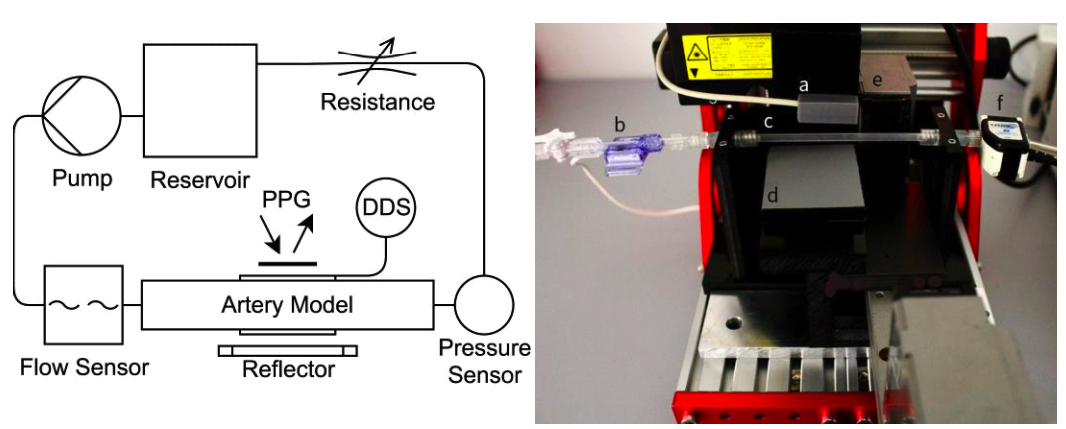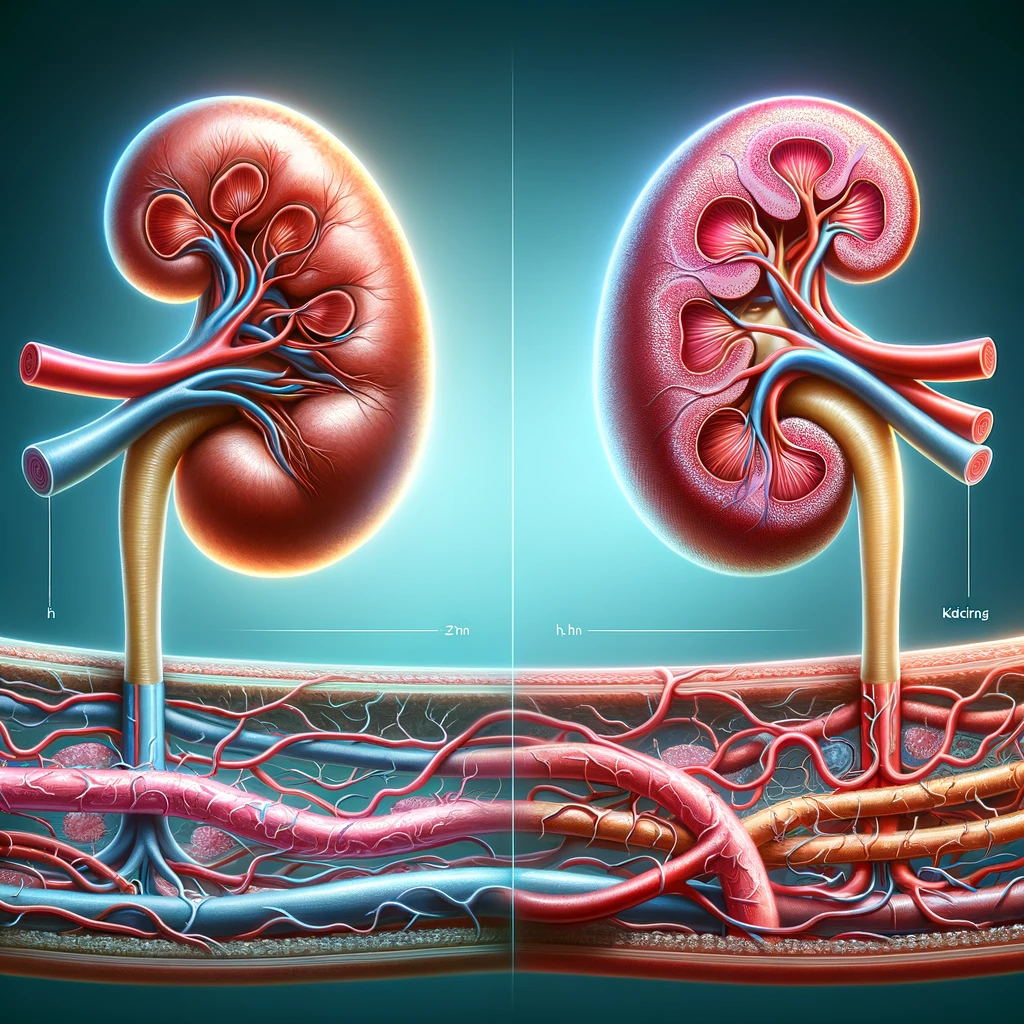Vasiliki (Vicky) Bikia
AI Researcher in Healthcare

I am a postdoc at the Stanford Institute for Human-Centered Artificial Intelligence and the Daneshjou Lab. My current work focuses on developing multimodal models to enhance biomarker identification and predict patient outcomes. I am also excited about developing patient-facing chatbots to help individuals better understand medical information. My overarching goal is to improve patient outcomes while making healthcare more accessible and effective for everyone.
I received my Advanced Diploma degree in Electrical and Computer Engineering from the Aristotle University of Thessaloniki (AUTH), Greece, in 2017, and my Ph.D. degree in Biomedical Engineering from the Swiss Federal Institute of Technology of Lausanne (EPFL), Switzerland, in 2021, respectively. During my Ph.D., I worked in the Laboratory of Hemodynamics and Cardiovascular Technology, under the mentorship of Prof. Nikolaos Stergiopulos. My Ph.D. research addressed the clinical need for providing non-invasive tools for cardiovascular monitoring leveraging machine learning and physics-based numerical modeling.

